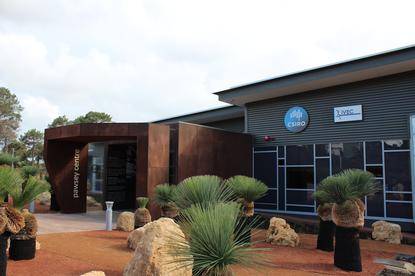Pawsey Supercomputing Centre expands cloud with GPU nodes
- 16 May, 2018 11:56

The Pawsey Supercomputing Centre is expanding its Nimbus service, offering researchers access to GPU nodes.
Nimbus is an Ocata OpenStack-based cloud service the centre launched in mid-2017. Australian researchers can obtain free access to the service. Nimbus currently offers 3000 AMD CPU cores and 288 terabytes of storage.
Pawsey said it would expand its cloud infrastructure to incorporate six HPE SX40 nodes, each of which contains two Nvidia Tesla V100 16GB GPUs.
The new GPU nodes are currently being rolled out, with Pawsey issuing a call for early adopters to take advantage of the new infrastructure.
The early adopter program is expected to run until August.
The program will “provide user time on the system to experiment and aid Pawsey in validating and optimising it in preparation for production use,” the centre said in its announcement.
To participate in the program users need to nominate a project capable of using GPU cores with an existing library/tool or CUDA based code, Pawsey said.
The government in April revealed that the supercomputing centre would receive $70 million to replace some of its aging infrastructure. The funding, contained in the 2018-19 budget, is being used to replace the centre’s Cray XC40, Magnus, and its Cray XC30, Galaxy.
The centre “is a critical component of the national research and innovation system,” budget documents state.
Both Magnus and Galaxy are close to the end of their operational lives, according to Pawsey.
The centre expects to have its refreshed supercomputing infrastructure available from 2019.
The centre also houses Zythos, an SGI UV2000 system, Zeus, an SGI Linux cluster, and the Athena HPC system, which offers 80 nodes equipped with Intel Xeon Phi 7210 CPUs and 11 nodes each equipped with four Nvidia Tesla P100 SXM2 GPUs.
Some 1500 researchers use Pawsey’s resources, according to the centre, working on more than 150 projects. Nine Australian Research Centres of Excellence draw on its supercomputing infrastructure.
In December, the federal government revealed that it would spend $70 million to replace the ANU-based Raijin supercomputer run by National Computational Infrastructure (NCI).
The new supercomputer is expected to be ranked in the top 25 internationally and will be commissioned in early 2019.
